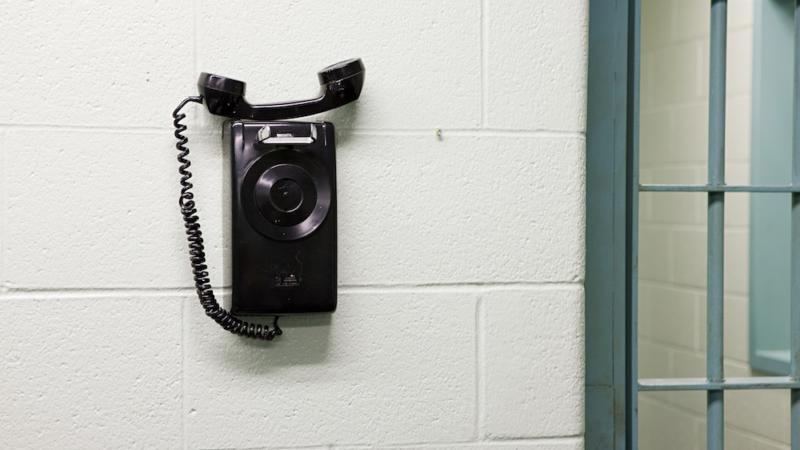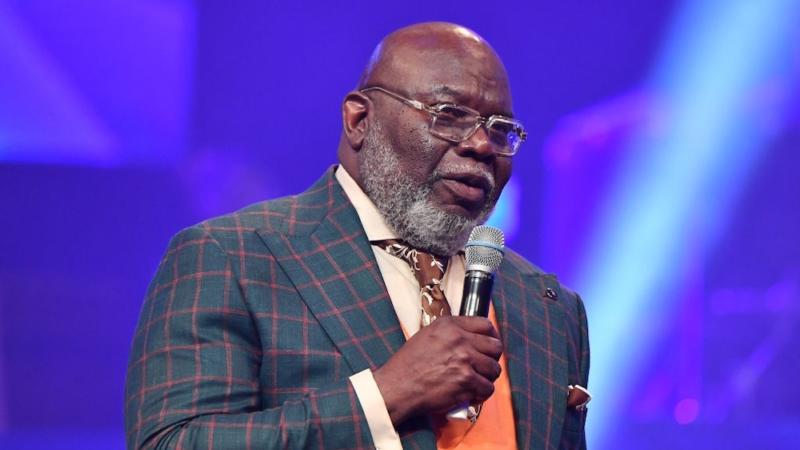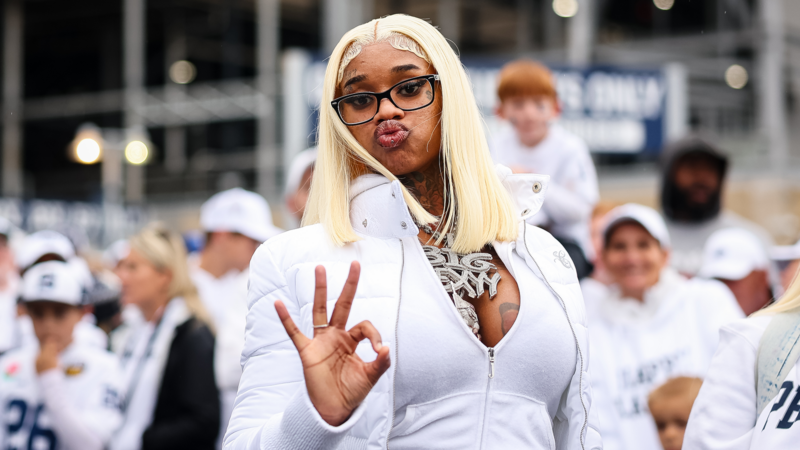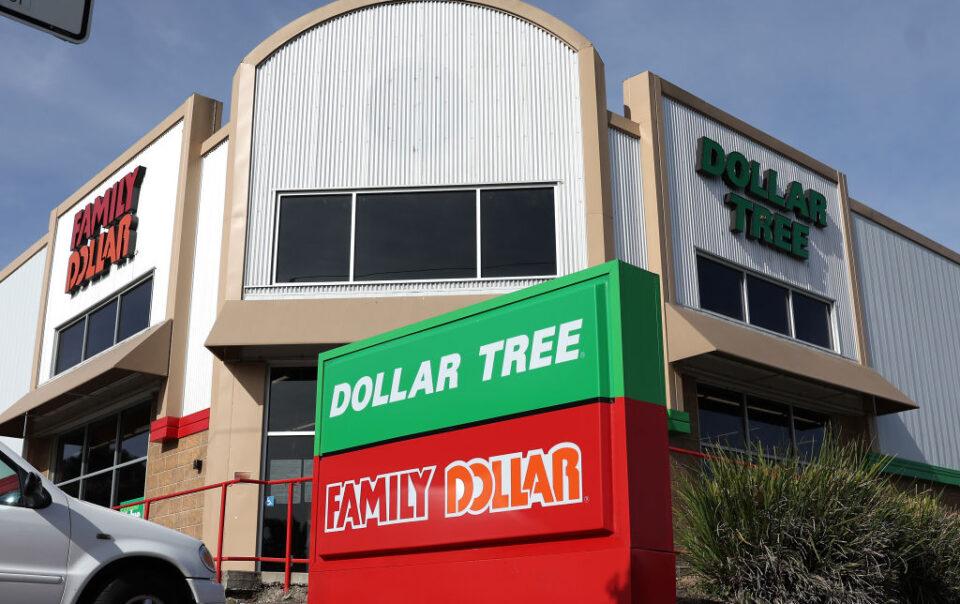The “Queen of Tejano” Selena Quintanilla-Pérez‘s family is relieved that Yolanda Saldívar, the woman who was charged with murdering her in 1995, was denied parole.
Soon after the decision on March 27, Selena’s family released a statement via the late singer’s Instagram account.
Here’s what Selena’s family said in a statement
“Today, we are grateful that the Texas Board of Pardons and Paroles has chosen to deny parole for Yolanda Saldívar,” the message read. “While nothing can bring Selena back, this decision reaffirms that justice continues to stand for the beautiful life that was taken from us and from millions of fans around the world far too soon.”
The family also shared their life goal is to always keep Selena’s memory alive.
“Selena’s legacy is one of love, music, and inspiration. She lived with joy, gave selflessly, and continues to uplift generations with her voice and her spirit,” their statement continued. “As her family and loved ones, we remain committed to preserving her memory and ensuring that her story is honored with the dignity and respect it deserves.”
The statement concluded with an appreciation for the fans: “We thank Selena’s fans for their unwavering support throughout the years. Your love has been a source of strength and healing. We will continue to celebrate Selena’s life — not the tragedy that took her from us — and we ask that all who cherish her do the same.”
Why did Selena and her family fire Yolanda Saldívar?
According to People, Saldívar fatally shot Selena at a Days Inn motel in Corpus Christi, Texas, on March 31, 1995. At the time, Saldívar managed her clothing stores, Selena Etc., and served as both the founder and president of her official fan club. Just prior to the shooting, Selena and her family had dismissed Saldívar from these roles after accusing her of forging checks and embezzling over $30,000 from the businesses and fan club.
Former Nueces County District Attorney Carlos Valdez, who led the prosecution in the widely publicized case, warned that releasing Saldívar would be “a serious mistake,” according to KHOU.
“Lord knows what will happen if she is released,” Valdez said. “Based on what I’ve seen so far, I think it would be a serious mistake to grant her parole. I believe, I really believe, that the safest for Yolanda would probably be where she is.”
Saldívar has always maintained that fatally shooting Selena was a mistake.









